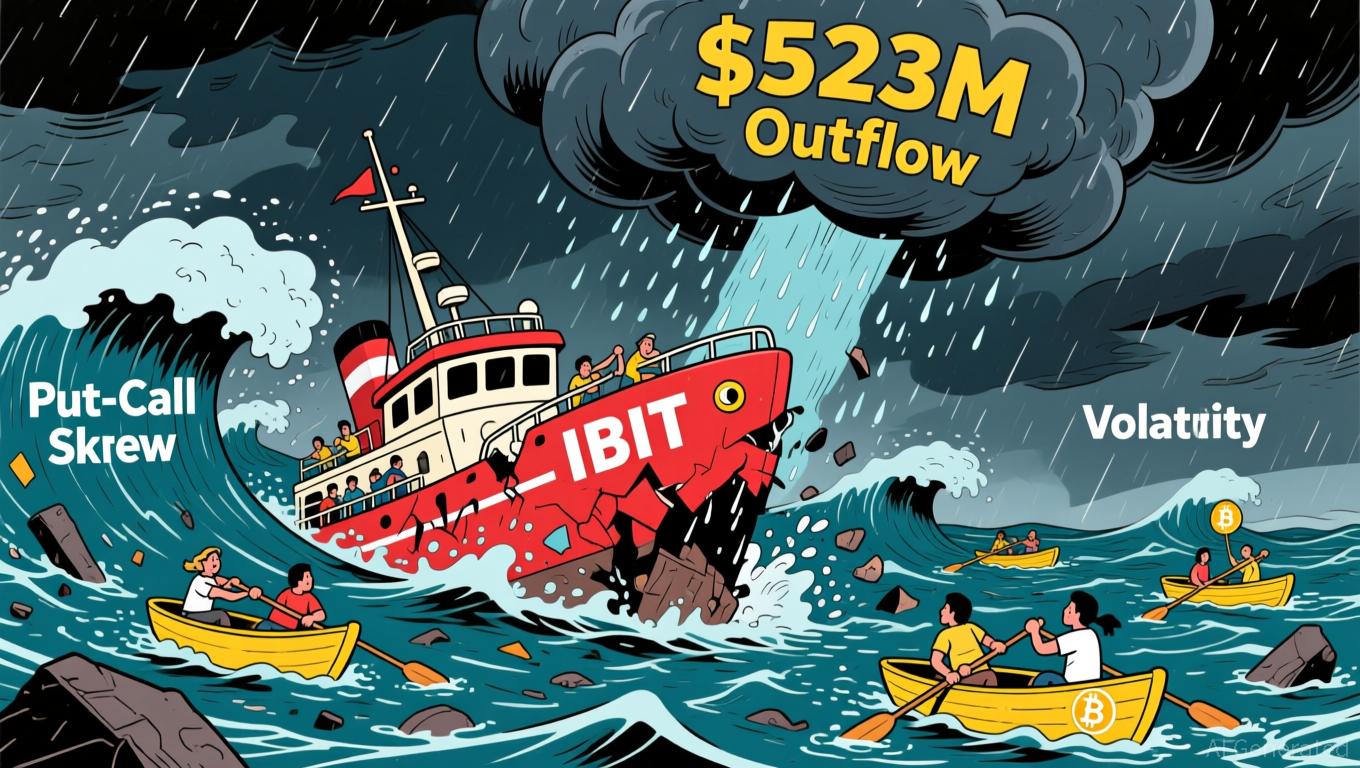HEMI surges by 287.77% within 24 hours as market experiences turbulence and new developments drive momentum
- HEMI surged 287.77% in 24 hours to $5.72, driven by a new liquidity layer enhancing capital efficiency and reducing slippage. - The update, featuring off-chain order books and on-chain settlements, sparked renewed DeFi interest and 32% higher transaction throughput. - Strategic communication and technical upgrades boosted adoption, with unique active addresses rising sharply amid market volatility. - Analysts highlight RSI overbought levels and MACD divergences, while backtesting strategies focus on brea
On SEP 26 2025,
This rapid increase is largely attributed to a significant development within the HEMI ecosystem: the introduction of a new liquidity layer aimed at improving capital efficiency and minimizing slippage for traders. The upgrade, which merges an off-chain order book with an on-chain settlement process, has been described by the team as a crucial move toward making the platform suitable for institutional investors. The rollout of this feature has sparked renewed enthusiasm among DeFi users and developers, with multiple projects already revealing intentions to build on the updated infrastructure.
The asset’s price pattern also mirrors broader technical changes in the market. The announcement coincided with a breakout above important resistance points, prompting algorithm-driven purchases and drawing in momentum traders. Experts believe the asset’s short-term performance will largely depend on how well upcoming enhancements are implemented and how quickly the new liquidity tools are adopted. Any setbacks or technical problems during the live rollout could cause the price to retest current levels or enter a consolidation phase before moving higher.
HEMI’s recent price action has brought attention to its on-chain metrics, which reveal a notable rise in unique active addresses and smart contract usage. This indicates that the latest update is not only attracting interest but is also being put to practical use. The network’s transaction volume has climbed by 32% in the past 48 hours, showing that more trades and settlements are being processed since the upgrade.
The market’s reaction has also been intensified by a well-coordinated communication effort from the HEMI team. In the week before the liquidity layer launch, they released a series of in-depth technical briefings and developer discussions, promoting transparency and preparedness among stakeholders. This forward-thinking strategy has set the project apart from others facing similar adoption challenges.
Historically, HEMI’s price has been highly volatile, often experiencing sharp pullbacks after major rallies. However, current technical signals point to a possible change in direction. The RSI has moved into overbought territory, and the MACD histogram is showing divergences that could signal either continued upward momentum or an imminent correction. Traders are monitoring trading volumes closely to gauge the strength of the current trend.
Backtest Hypothesis
A suggested backtesting approach involves analyzing HEMI’s past price movements in relation to major product releases and shifts in market sentiment. This method assumes that the market tends to respond in predictable ways to on-chain upgrades and communication campaigns, with price spikes typically followed by brief corrections. By combining Bollinger Bands and volume-weighted average price (VWAP) indicators, the strategy would take long positions at breakout moments after significant announcements and exit using trailing stop-losses when technical divergences appear. The success of this approach depends on the expectation that the new liquidity layer will lead to sustained growth in transaction activity and user engagement, thereby supporting the ongoing price trend.
Disclaimer: The content of this article solely reflects the author's opinion and does not represent the platform in any capacity. This article is not intended to serve as a reference for making investment decisions.
You may also like
Stellar News Today: Established Market Prefers Altcoins with Practical Use Cases Rather Than Pure Speculation
- MoonBull (MOONBULL) raised $600,000 in funding, highlighting growing institutional interest in utility-driven altcoins with DeFi infrastructure and staking rewards. - Crypto.com's CRO token maintains stability through expanded merchant partnerships and AI-driven tools, positioning it as a "safe haven" amid market volatility. - Stellar's XLM sees renewed adoption via cross-border payment partnerships, with 20% higher transaction volumes reflecting demand for low-cost solutions in emerging markets. - Marke

Hong Kong Steps Up Global Stablecoin Oversight, Focuses on Competition with Tokyo
- Hong Kong regulators impose strict rules on stablecoin issuers, requiring fiat-collateralized tokens and a 25M HKD capital requirement. - Aligning with global trends, the rules aim to curb risks from algorithmic stablecoins but raise concerns about Hong Kong's competitiveness against rivals like Japan. - Japan's pro-crypto policies and incentives attract firms, while global players like Deutsche Börse integrate fiat-backed stablecoins into financial systems. - Hong Kong's framework mandates reserves and

Bitcoin News Update: Japan's Bond Turmoil Triggers Worldwide Crypto Sell-Off Amid Yen Carry Trade Reversal
- Japan's $135.4B stimulus package triggered a 3.41% surge in 30-year bond yields, destabilizing the $20T yen carry trade and sparking global crypto/stock selloffs. - Rising yields threaten Japan's 230% GDP debt load with higher servicing costs, creating a "debt death spiral" risk as BOJ hesitates to tighten policy. - Forced deleveraging by financial institutions intensified Bitcoin's 26% drop, with Ethereum/XRP/Solana also falling 3-5.6% amid margin calls and capital repatriation. - Upcoming 40-year bond

Bitcoin News Today: Bitcoin ETFs See $523M Outflow as Investors Weigh Fear Against Long-Term Strategies
- BlackRock's IBIT ETF recorded a $1.26B net outflow in Nov 2025, its largest redemption since 2024 launch. - Bitcoin price fell 16% to $52, triggering $2.59B outflows across 11 spot ETFs as bearish options demand surged. - Put-call skew hit 3.1% (7-month high), reflecting heightened pessimism and capitulation pressures in Bitcoin's price action. - Gold ETFs gained $289M as investors sought safe havens, contrasting with $1B inflows to tech/healthcare sector funds. - Year-to-date Bitcoin ETF inflows ($27.4B
